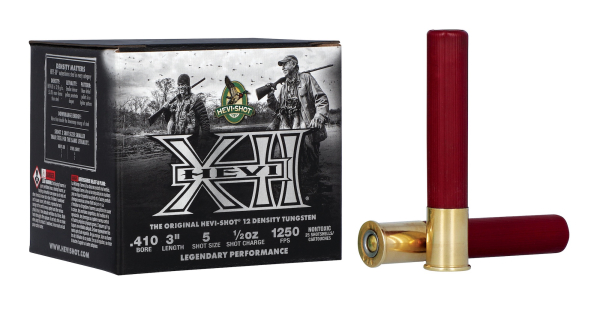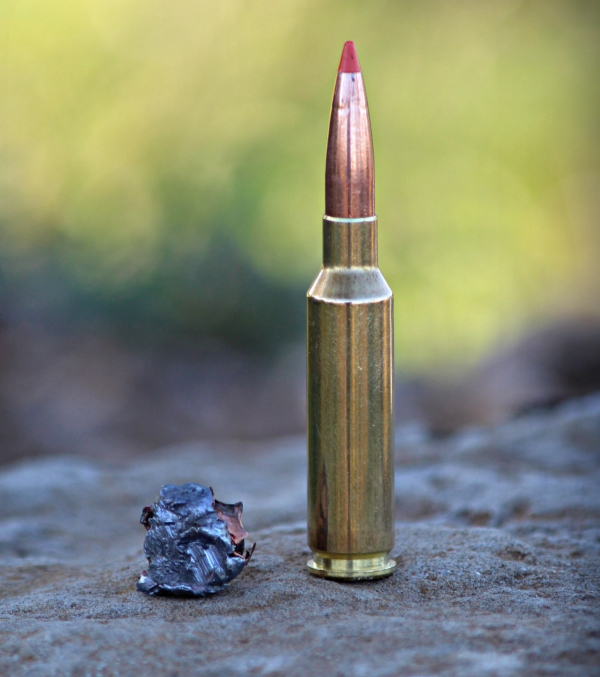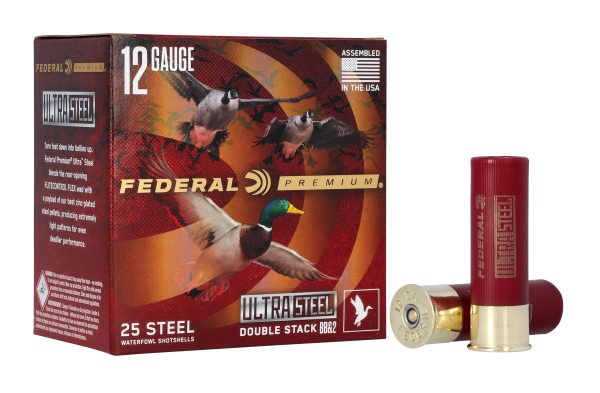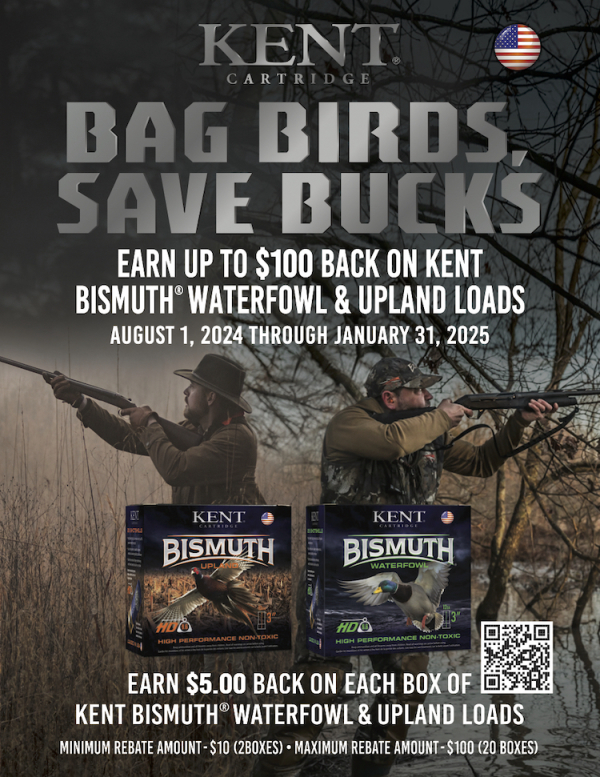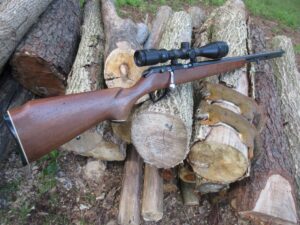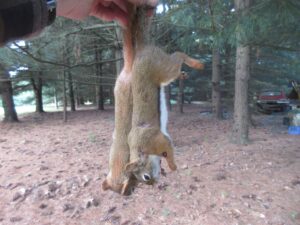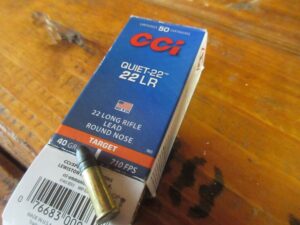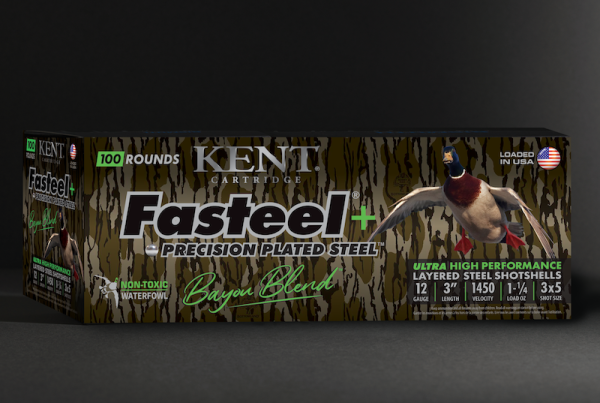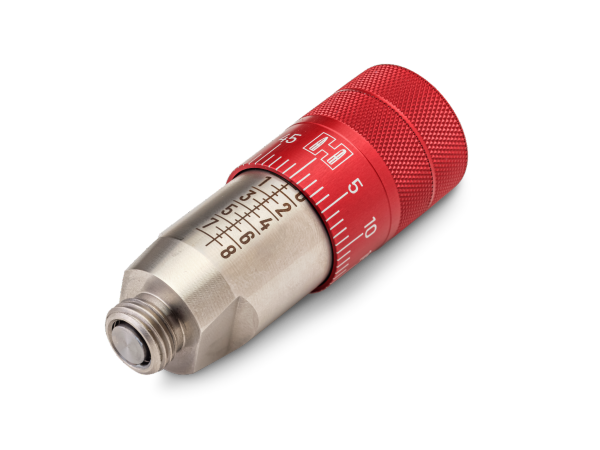Bass Pro Shops Announces Plans for New Outdoor World serving Lansing, Michigan
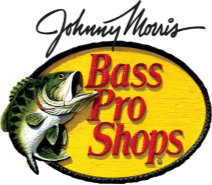

The Great American Outdoor Store’s newest Michigan location in Lansing will showcase vast assortment of quality gear at low prices
Bass Pro Shops announced plans for a new Outdoor World retail location in Lansing, Michigan.
Bass Pro Shops’ newest store will be the company’s sixth in the great state of Michigan. The 85,000 square-foot Outdoor World retail destination will be in the Delta Crossing development and is expected to open in early 2026.
“It’s an honor to have the opportunity to serve the sportsmen and women in the Lansing area. We are excited to provide a broad selection of high-quality products at remarkable low CLUB prices and to support customers with genuine friendly, expert service,” said legendary angler, noted conservationist and Bass Pro Shops founder Johnny Morris.
Since its founding in 1972, Bass Pro Shops has blazed a new trail in the retail experience for outdoor enthusiasts. As millions of families know, a trip to a Bass Pro Shops is more than a retail experience; it’s an adventure, a mini-vacation, a celebration of nature and an educational and enriching outing for the entire family.
People leave a Bass Pro Shops store with more than a bag of outdoor gear. They leave with a smile, a greater appreciation for nature and a dream of spending more time fishing, hunting, camping and hiking. Read more

